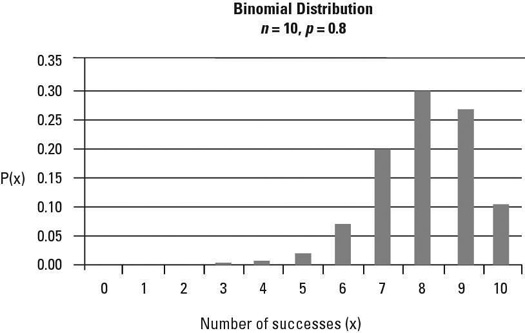

As the name implies, it is the normal or typical structure a histogram distribution is expected to adopt, even if it is not “normal”. The various distributions of histogram charts are highlighted below: Normal DistributionĪ histogram chart is said to be of the normal distribution if it is bell-shaped. That is, the way the bars are shaped and the entire graph structure. Histogram graphs are classified into different types based on the distribution of the rectangular bars on the graph. However, when added to a histogram chart, it is very useful in giving more information about the dataset. Not all histogram charts have a histograph. In other words, we may say that histographs are line charts drawn on a histogram chart, where the mid-apex point of the rectangular bars is the data points. Also known as a frequency polygon, they are usually used when visualizing a dataset of continuous variables.

Histographs are graphs formed by joining the top midpoint of the rectangular bars on an existing histogram chart. In the illustration, 1 unit on the horizontal axis is equivalent to 20, while 2 unit on the vertical axis is equivalent to 2. It is what describes how each unit on the horizontal and vertical axes are structured. This is part of what determines the width and height of each rectangular bar on the histogram chart. The scale of a histogram is a set of numbers used to measure or quantify the dataset on the graph. Histogram graphs with uniform class intervals usually have the same width.

The height of the bars shows the frequency, while the bar width indicates interval. The bars on a histogram chart are rectangular in shape, and they indicate the number of times values fall in each class interval. The bars are the body of a histogram graph, which mainly visualizes the data set. In this case, the horizontal label is Bin while the vertical label is Frequency Bars The horizontal (x) axis shows the scale of values in which the class interval is measured.Įach of these axes usually has a label that describes the kind of data plotted on each axis. These 2 axes are usually labeled with what they represent, giving more meaning to the title of the histogram graph. The vertical axis on the histogram chart indicates the frequency, while the horizontal axis indicates the class intervals or bins. AxesĪ histogram chart has two axes, the vertical and the horizontal axis. In the illustration above, the title of the histogram chart is Histogram. With a title on a histogram chart, a third party can easily depict what the graph is about without going any further to read the graph itself.

It summarizes the information depicted on the histogram chart. The title of a histogram is what gives an insight into the data visualized on the graph. In order to identify a histogram chart, here are some qualities you may need to look out for. Features of a Histogram GraphĪ histogram graph is a popular graphing tool that provides a visual representation of data distribution. Since the class intervals are usually a continuous range of values, unlike bar charts, the rectangular pars are not spaced (i.e. The data should be grouped according to this interval, then a frequency of the data that fall into these groups will be taken. When constructing a histogram chart, the first thing to do after data collection is to determine the bins or class intervals. The rectangular bars show the number of data points that fall into a specified class interval.Īlso known as a histogram chart, the class intervals (or bins) are not always of equal size across the horizontal axis. What is a Histogram Graph?Ī histogram graph is a graph that is used to visualize the frequency of discrete and continuous data using rectangular bars. Therefore, this article will cover details about what a histogram is and how we can create them digitally using Excel. This graph can be generated manually by drawing it with a straight ruler, or digitally using Excel.Ĭonstructing a histogram is quite easy when done digitally. Histograms provide a visual representation of quantitative data by using the height of neatly joined rectangular bars to indicate the frequency of points in a class interval. The case is quite different for histograms, which is mostly used to visualize large datasets of discrete and continuous data. One of the major setbacks of various data visualization methods is that they become increasingly difficult to read with larger datasets.


 0 kommentar(er)
0 kommentar(er)
